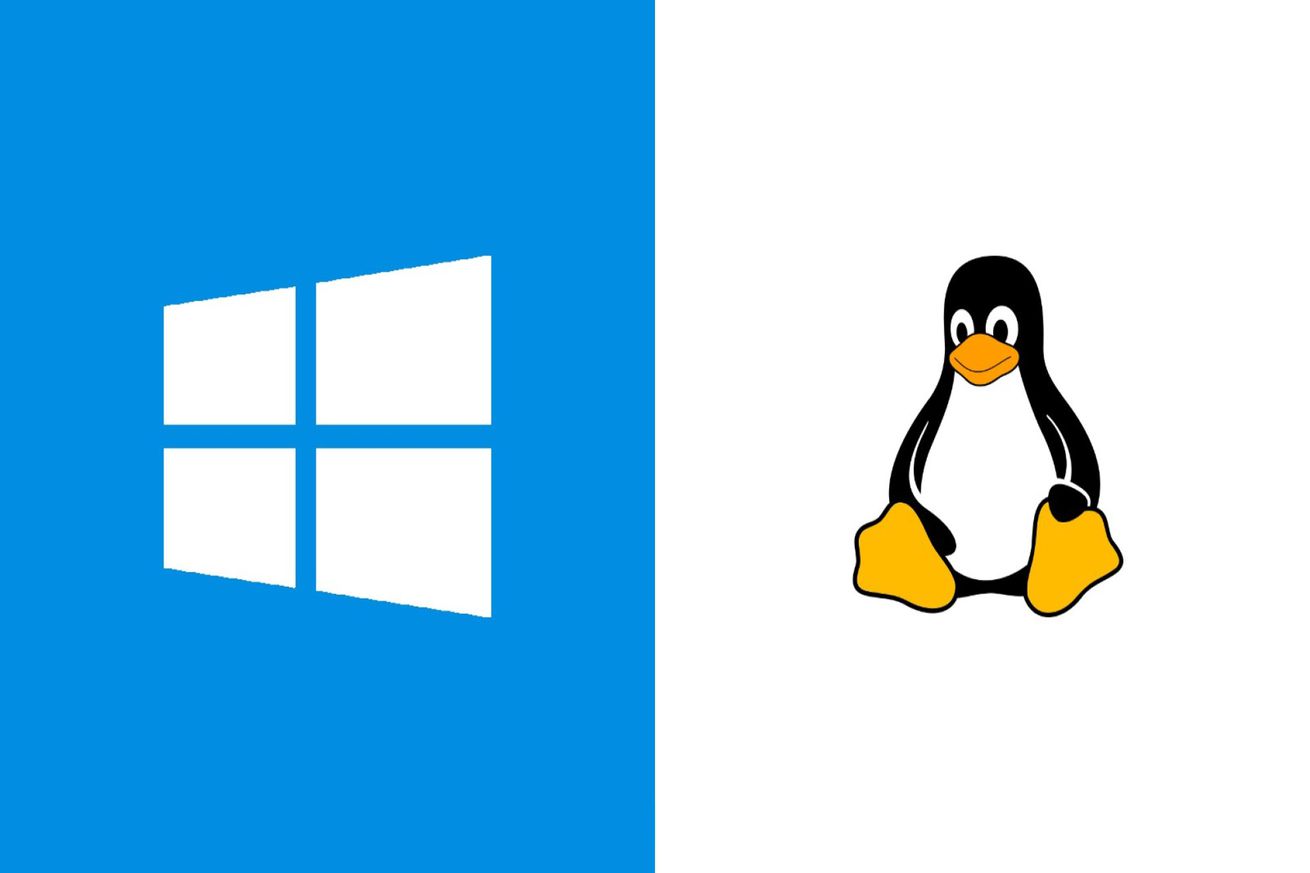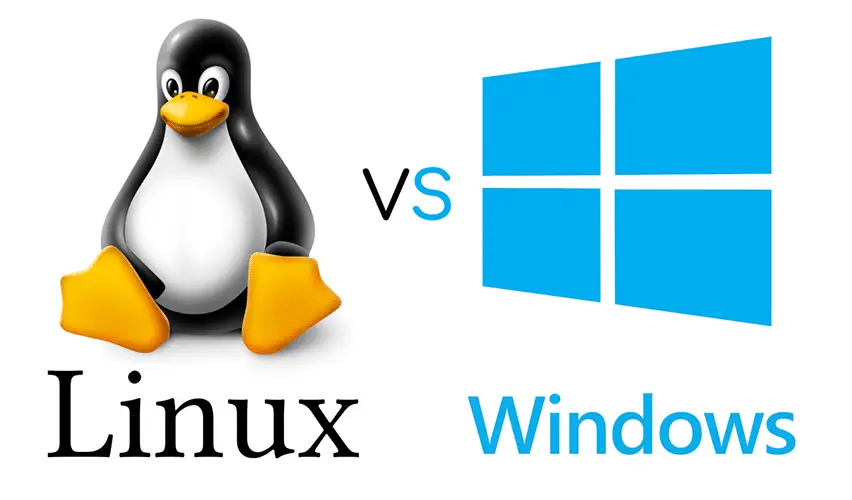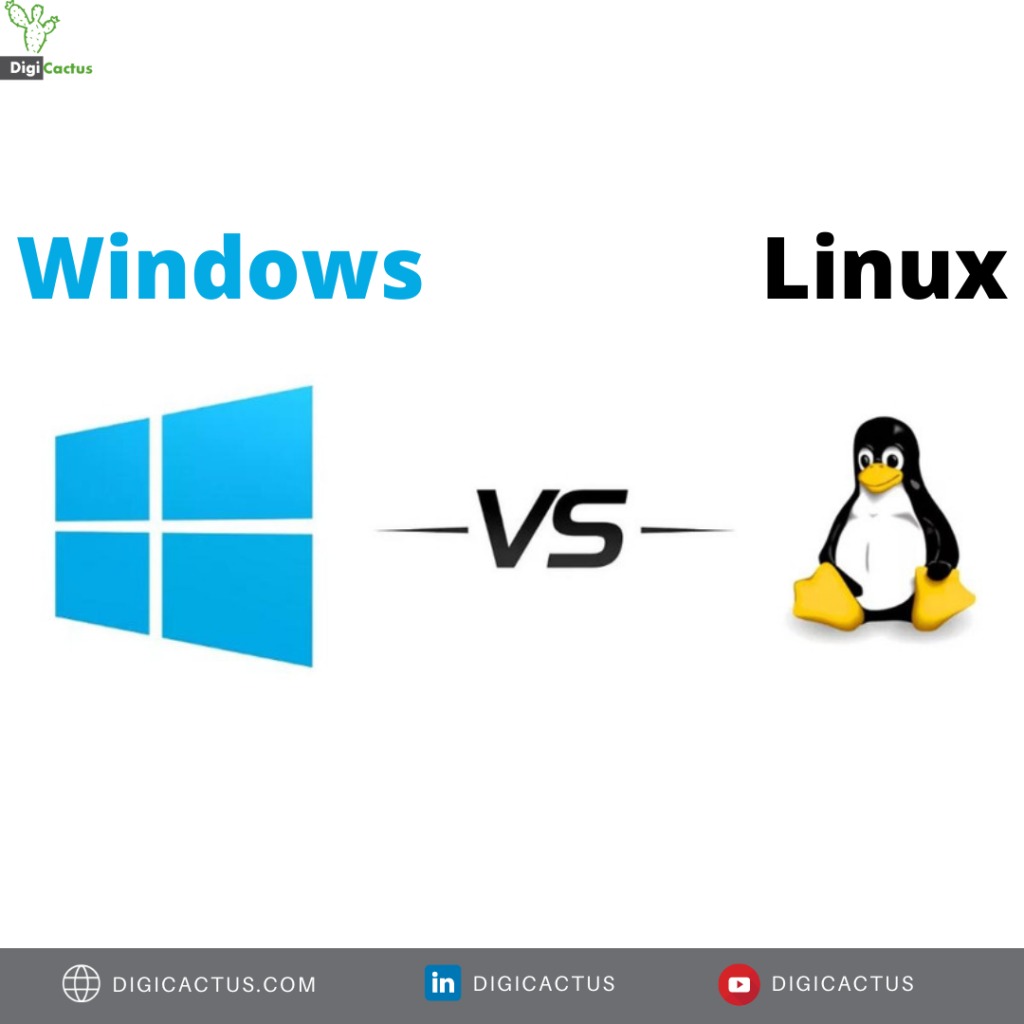Linux vs. Windows Subsystem for Linux: Integration Face-Off

When it comes to choosing an operating system for development or computing tasks, Linux and Windows are two of the most popular options. However, for those who need the flexibility and customization options of Linux but also want the ease of use and wide software compatibility of Windows, the Windows Subsystem for Linux (WSL) offers a compelling solution.

What is WSL?

WSL allows you to run a genuine Linux environment within Windows 10 or 11, providing access to a wide range of Linux tools and applications without the need for a virtual machine. WSL2, the latest version, introduces a significantly improved performance and compatibility layer, enabling you to run graphical Linux applications directly on Windows.
Integration and Performance
Both Linux and WSL offer native system experiences, meaning that you can interact with the OS and its applications using familiar command-line tools or graphical user interfaces. However, WSL integrates more seamlessly with Windows, allowing you to access Linux files and applications from within Windows Explorer and use Windows tools such as the Task Manager to manage Linux processes. In terms of performance, WSL2 is generally faster than running Linux in a virtual machine, especially for graphical applications.
Software Availability
The Linux ecosystem offers a vast repository of open-source tools and applications that are not available on Windows. WSL allows you to access this vast library, giving you a wider choice for development, system administration, and other tasks. However, it’s important to note that not all Linux applications are guaranteed to work seamlessly within WSL, particularly those that require hardware acceleration or specialized drivers.
Security and Stability
Both Linux and WSL are considered secure operating systems, with strong sandboxing and user permission systems. WSL isolates the Linux environment from Windows, ensuring that potential vulnerabilities or malware in one OS do not affect the other. Additionally, WSL inherits the security features and updates of Windows, providing a robust foundation for running Linux applications.
Conclusion
The choice between Linux and WSL ultimately depends on your specific needs and preferences. If you prioritize customization, flexibility, and a vast software ecosystem, Linux remains the preferred option. However, if you value the ease of use, wide software compatibility, and seamless integration with Windows, WSL offers an attractive alternative. By providing a genuine Linux environment within Windows, WSL enables you to leverage the best of both worlds, unlocking a versatile and productive computing experience.## Linux Vs. Windows Subsystem For Linux: Integration Face-off
Executive Summary
The dual operating system landscape is becoming increasingly popular and competitive to the point where their environments are now under the same roof. Two established powerhouses Linux and Windows have formally acknowledged the benefits of coexistence, and as a result, they are integrating their functionalities. Their union has given birth to the Windows Subsystem for Linux (WSL), a significant development in the operating system ecosystem. This article will delve into the benefits, challenges, and contrasts between these two environments, enabling you to make an informed choice that best suits your needs.
Introduction
As technology evolves rapidly, the need for efficiency and interoperability becomes increasingly important. The integration of different operating systems opens up new possibilities for users, allowing them to leverage the strengths of each platform seamlessly. In this article, we will examine the pros and cons of Linux and Windows Subsystem for Linux (WSL) to help you determine which option is the right fit for your specific workflow and requirements.
Linux
Linux is an open-source operating system, famous for its high level of customization, freedom, and security. Linux is a sought-after choice, especially among developers and system administrators, due to its vast repositories of software packages and a thriving community of contributors.
-
Community Support: The Linux community is recognized for its remarkable cohesiveness and willingness to share knowledge and expertise. Linux users can access a wide array of support channels, where community members collaborate to resolve bug fixes, offer insights, and assist fellow users.
-
Open Source: Linux is free and open-source software, allowing users to adapt it to their specific preferences without any licensing fees. This accessibility and flexibility are substantial advantages for users seeking a highly personalized experience.
-
Flexibility: Linux is renowned for its versatility and adaptability. Users can modify the system to alter its appearance (via themes), behavior (via scripts), and functionality (via package management) to suit their unique requirements and preferences.
-
Security: Linux, widely regarded for its robust security features, empowers users with fine-grained control over system permissions and access rights. Its open-source nature allows security experts to meticulously inspect the codebase, enhancing its overall reliability.
Windows Subsystem for Linux (WSL)
The Windows Subsystem for Linux (WSL) represents an innovative approach to integrating Linux capabilities within the Windows operating system. This integration provides a seamless blend of the Windows graphical interface and command-line tools, enabling users to seamlessly work between both environments.
-
Windows Integration: WSL distinctively merges with the Windows ecosystem. Users can effortlessly access Linux applications and tools within their familiar Windows environment, eliminating the need for dual-booting or virtualization.
-
Ease of Use: WSL is specifically designed to offer a user-friendly experience, especially for those accustomed to Windows. Users can swiftly access and run Linux commands, install software packages, and utilize familiar development tools directly from within the Windows command prompt or PowerShell.
-
Performance Optimization: WSL is continuously optimized for performance, leveraging advanced technologies to minimize resource overhead. This optimization enables smooth transitioning between Windows and Linux applications without noticeable performance degradation or interruptions.
-
Native File Access: WSL seamlessly integrates with the Windows file system. Users can seamlessly access and modify files regardless of whether they reside on the Windows or Linux side, fostering seamless data management and collaboration across different environments.
Hybrid vs. Native
The choice between a hybrid and native operating system depends on specific requirements and preferences.
-
Hybrid: Hybrid operating systems blend characteristics of two or more distinct operating systems, combining their strengths while potentially introducing some compatibility challenges. The Windows Subsystem for Linux (WSL) is a paradigm of a hybrid operating system.
-
Native: Native operating systems are specifically designed to run on a particular hardware architecture and take full advantage of its capabilities. They are generally more streamlined and more deeply integrated with the underlying hardware, often resulting in enhanced performance and efficiency. A native Linux installation on its own hardware is an example of a native operating system.
Conclusion
Selecting between Linux and Windows Subsystem for Linux (WSL) hinges upon individual needs and preferences. Linux offers unparalleled flexibility, open-source accessibility, and a vast community, making it ideal for developers, system administrators, and power users seeking extensive customization options.
On the other hand, WSL provides a seamless integration with the Windows environment, offering ease of use, performance optimizations, and native file access for users who prefer the familiarity of Windows while still wanting access to Linux tools and applications.
Ultimately, the superior choice between Linux and WSL is subjective, and the optimal decision depends on the user’s specific requirements, preferences, and workflow. By comprehending the strengths and limitations of each option, users can make informed choices that align with their unique needs and maximize their productivity.
Keyword Phrase Tags
- Linux Vs. Windows Subsystem For Linux (WSL)
- Hybrid Operating Systems
- Native Operating Systems
- Windows Integration
- Linux Flexibility and Security

Thnx 4 da info!
I knew that already, but nice summary.
This is erroneous nonsense!
How come Windows has so many problems?
Does anyone really use Linux?
I can’t get either Linux, nor Windows to work! Ha!
Why would anyone use Windows anyways?
The future is Linux.
Ubuntu is awesome!
Did you know Linux is free?
This article is completely wrong.
I’ve never used Linux
Shut up, Microsoft!
Windows is just a rip-off of Linux!
Great article.